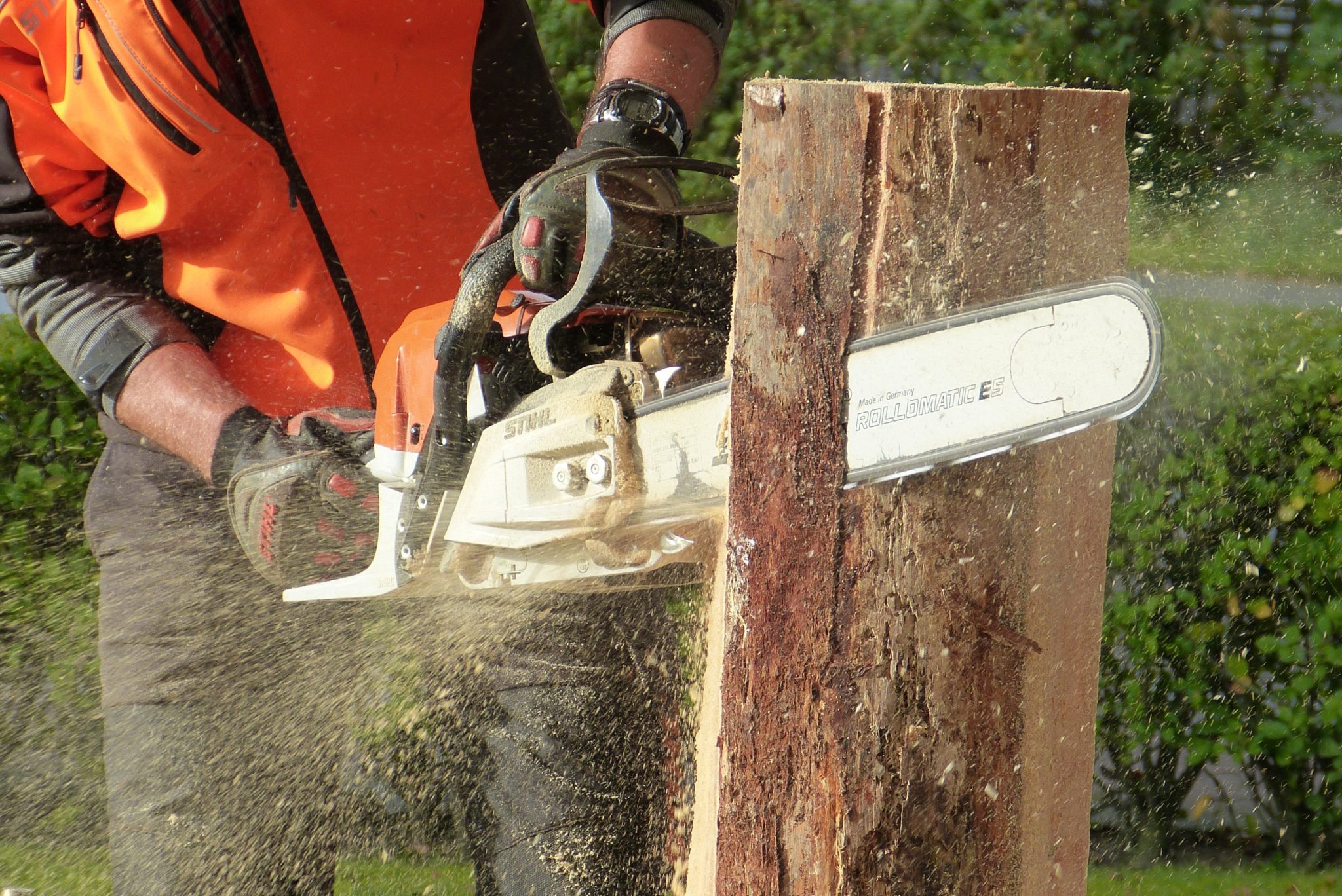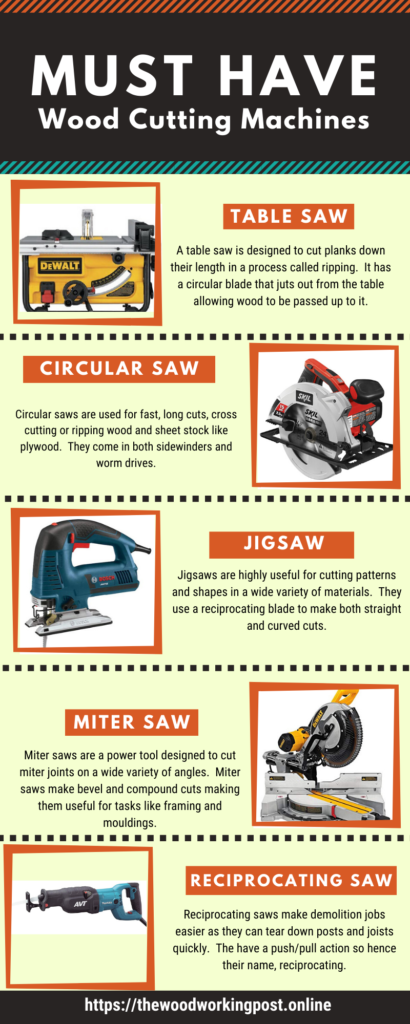 The phrase ‘the right tool for the right job’ exists because it’s true. Most people understand that having a good power saw helps them to get jobs done faster and with greater efficiency than what the wrong or even similar tool would achieve. Whether you’re wanting to add a new floorboards or tile, cutting out studs or undercutting a door jamb, you won’t want to add to the problem with the wrong tool in place. Understanding the right wood cutting machine for home use, will get you on the right track to success.
The phrase ‘the right tool for the right job’ exists because it’s true. Most people understand that having a good power saw helps them to get jobs done faster and with greater efficiency than what the wrong or even similar tool would achieve. Whether you’re wanting to add a new floorboards or tile, cutting out studs or undercutting a door jamb, you won’t want to add to the problem with the wrong tool in place. Understanding the right wood cutting machine for home use, will get you on the right track to success.
After all, getting the right tool is crucial to success. This isn’t because you need to get a fancy, refined or even expensive tool, moreover it’s because restoration and building success is dependent upon doing all the right steps with the right tool. If you can’t do any task, whether it is large or small, difficult or easy, progress will no doubt grind to a halt reminding you that preparation is everything.
Often one of the biggest problems for people is knowing which saw to use for the job they intend to undertake. As there are many different types of wood cutting machines available for home use, this article will provide an overview of the most common ones that really are the best for cutting wood.
Will also mention that although all of these can be used for woodworking purposes, some of them can be use on different types of metal, tiles and even masonry. Regardless, all of these saws are designed with the purpose of cutting both soft and hard wood by both professional contractors, hobbyists and those into DIY.
I personally rely on five main power saws on a regular basis (I’m a carpenter by trade). Theses are a table saw, a circular saw, a miter saw, a reciprocating saw (some might know as a sawzall) and a jigsaw. Of course hand saws also feature in regularly too and I particularly like my Japanese handsaw. When outside, my trusty chainsaw, pruning saw and hacksaw assist with yard maintenance.
List of the Different Types of Saws
The following is a list of the more popular power saw types available in the market today. If you click on any of the links, you will be taken to a review and product page detailing more specifics on each tool.
- Table Saws
- Circular Saws
- Jigsaws
- Chain Saws
- Miter Saws
- Powered Hand Saws
- Reciprocating Saws
- Scroll Saws
- Band Saws
1. Table Saws
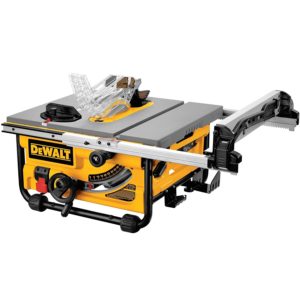
Often referred to as a saw bench, a table saw is designed to cut planks down their length in a process called ripping. This tool has a circular saw type blade that juts out from a table surface allowing wood to be passed up to it.
While some portable job-site table saws are capable of cutting a 24” piece of sheet like MDF or plywood, they’re really not the best at it compared to a circular saw. They are good at tuning a board to the right width and thickness and particular apt on any project using a tongue and grove material such as pine panelling.
Table saws are available in a few different styles such as cabinet saws, job site saws, and contractor saws.
2. Circular Saws
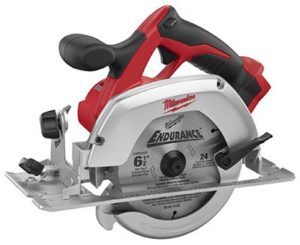
Circular saws are the grand daddy for just about any woodworking project and a must have for professional contractors. They come in two flavors; sidewinder and worm drive.
- Sidewinders and smaller and lighter than the worm drive, with the blade on the right side and motor on the left.
- Worm drives are in line saws, front heavy and named for the worm gear inside that rotates the blade.
Circular saws are used for cross cutting or ripping wood and sheet stock like plywood. As restoration projects can require a bit of rough carpentry (eg a front porch has fallen apart or there is a damaged kitchen floor), a circular saw will be your must have tool to make precise cuts to remove damage without effecting adjoining floorboards (particularly if you use a worm drive as it’s easier to keep an eye on the blade if you’re right handed – even though it is heavier).
3. Jigsaws
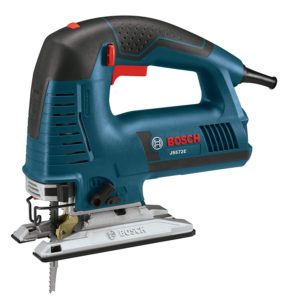
Jigsaws are portable, versatile and highly useful for cutting patterns and shapes in different materials by simply changing the blades. Jigsaws certainly deserve a spot in every tool collection.
In jigsaws, the blade moves up and down (reciprocates) and cuts through the wood as it is pushed along. Be careful though – as while some are a delight to use, others feel like your arms will shake apart prone to heavy vibration and jumpy cuts.
You may want to check out our reviews on the best jigsaws under $100 and or the three best selling jigsaws on the market right now.
Another factor to consider is whether you want a variable speed trigger, variable speed dial or both? Will the dust port blow the sawdust away fro the line of cut or into your face? Will my jigsaw make a straight cut and be comfortable to operate? Our reviews will address such concerns.
4. Chainsaws
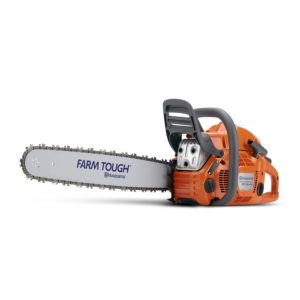
Chainsaws are a popular and well known tool essentially used for making logs, cutting down trees and general tree husbandry such as pruning. Although most are powered by a 2-stroke engine, you can also get electric versions and ones powered by compressed air.
Besides this sort of choice, you also need to consider the blade length, ease of use and the amount of maintenance required (plus how much you want to spend).
As the name would suggest they use a chain with teeth for cutting. Chainsaws also vary a lot in price but sometimes in case be a case of you get what you pay for. Sure some are cheap, but may not last the distance. Our buyers guide present a range of price point options to help you get the right tool for your needs.
5. Miter Saw
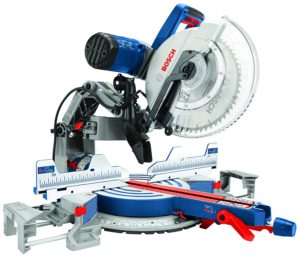
Miter saws are a power saw designed to cut miter joints at a variety of angles. It is also great for cross cutting framing, angling pergola rafters or even for trim including base, casing, chair rail and crown.
Miter saws make bevel cuts and many of them can also do compound cuts, which are of course a combination of a mitre and a bevel cut.
While circular saws are purposefully designed to cut straight lines, a miter saws main function is to cut a wide variety of angles (although it can also cut straight too). Hence this angle capabilities makes them useful for tasks like framing and mouldings.
Even though a miter saw if possibly my favourite tool, it isn’t magic. In order for a miter saw to really shine is needs to be set up correctly to support infeed and outfeed support (surfaces on the left and right of the saw that support the work enabling you to cut it accurately). For this reason it is recommended you place the miter saw on stand rather than working with one on the ground (with bricks on either side).
They come as a standard miter only, a compound (miters and bevels) and a sliding compound. I prefer the sliding compound miter as it allows you to cut larger and wider pieces of wood.
6. Powered Hand Saws
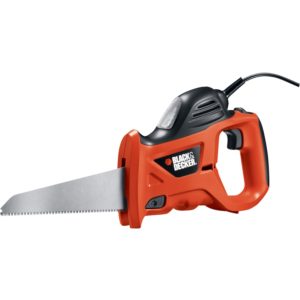
If you like a good hand saw, the electronic version is like getting an upgrade. Just like the manual hand saw the powered cousin is a good all round saw if you simply want to make a quick, straight cut (with a whole lot less effort).
Powered hand saws are similar in nature to the the reciprocating saw. You can use them to cut through wood, wood composites, plastic and non-ferrous metal on both indoor and outdoor applications by changing the blade to match the job..
Best of all they’re light weight, easy to handle and can be used on a wide range of surfaces.
Admittedly the cut on these is a bit crude so it is best on those rougher pieces of timber whereby speed is the goal over neat finishes. They’re not really designed for fine woodworking either and are more intended on job-sites and other DIY projects.
7. Reciprocating Saws
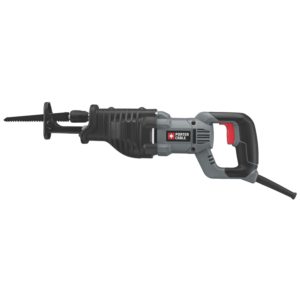
Reciprocating saws are known to make demolition jobs a whole lot easier. They rely on a push/pull action so hence its name reciprocating. They are often used in the demolition and construction industry as they can tear down and old house and quickly saw through supporting posts and joists.
Invented by the Milwaukee Electric Tool Corporation in the 1950’s and branded a sawzall, the reciprocating saw is mainly used for demolition and restoration.
Although they’re a crude device, with the right blade they’re strong and tough enough to get through a wide range of materials including metal.
8. Scroll Saws

Scroll saws are small electrical saws that can make precise and decorative cuts in wood. They are mainly used by hobbyists for the purpose of cutting out intricate shapes.
They are similar in nature and use to a band saw except a scroll saw leaves a better finish and is generally more flexible and easier to use.
When it comes to selecting one, you may want to consider how much throat length do you need? What is throat length? And factor in power, blade speed, tabletop tilt as well as your budget.
9. Band Saws
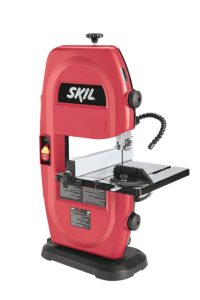
To put it bluntly, band saws are not cheap. If you’re in the market for one, you are putting in a big investment and need to be mindful of the kinds of jobs you have in mind. They are primarily used in woodworking, metalworking and lumbering
As a general rule, band saws are used for cutting straight cuts but can also be used to make curves and shapes, like a jigsaw. Although they are mainly used for cutting wood, with the switch of the blade they can also cut metal and plastic as well.
The blade of a band saw features a continuous band of metal with teeth varying in thicknesses. They come as floor standing, bench top and portable models.
Most bandsaws have two wheel rotating in the same plane (one of which is powered) and some have up to three or four across the load.
Final thoughts…….
There are so many cutting tools available that could have been on this list – each with their own specific uses. For example a jab saw works wonders on plaster board or drywall; a coping saw is perfect for inside corners on various moldings (rather then through mitering); or even a Japanese handsaw to undercut door jambs. No matter how big or small your personal supply of saws is, really the most useful tool you’ll own is the right one needed to get the job done.
